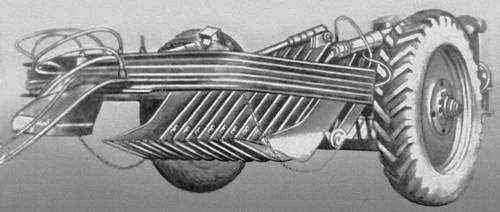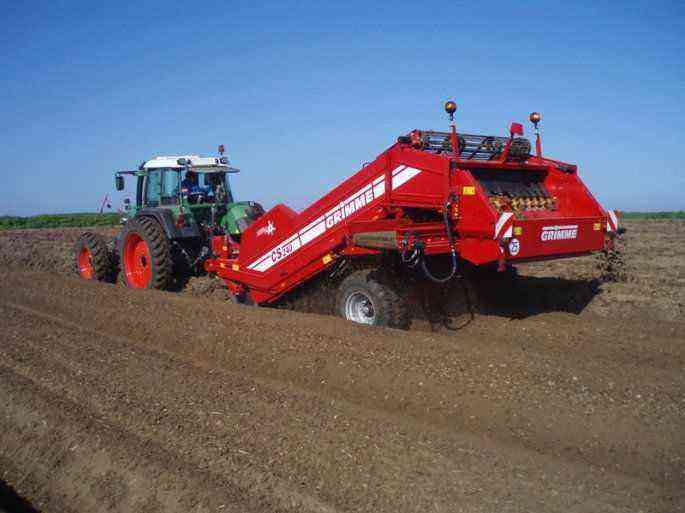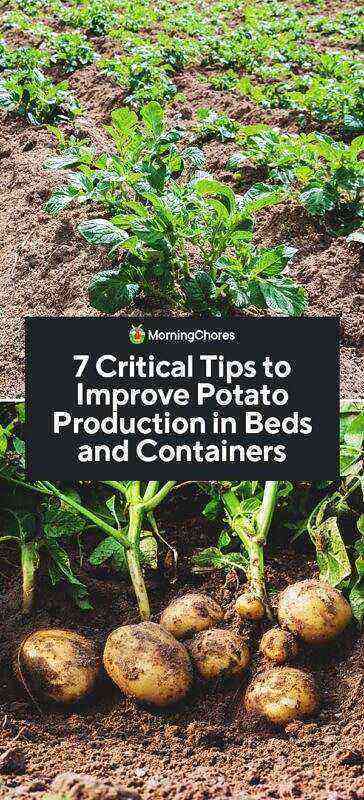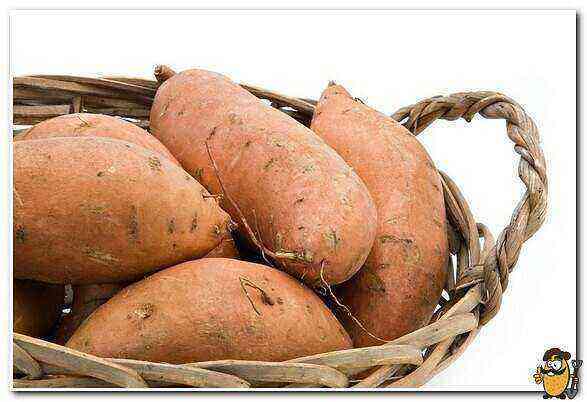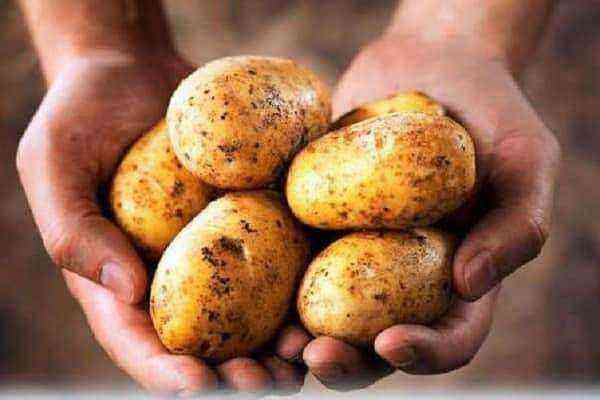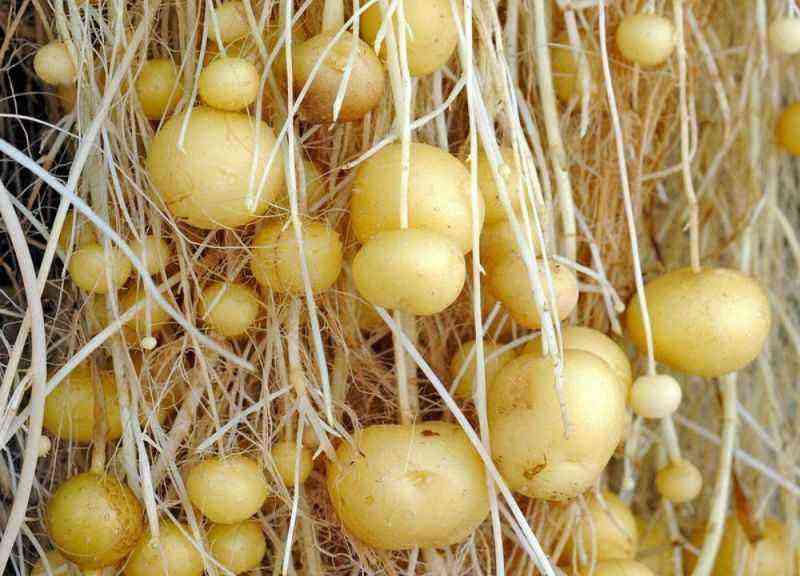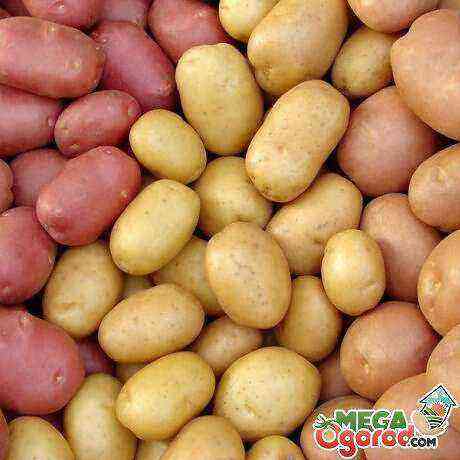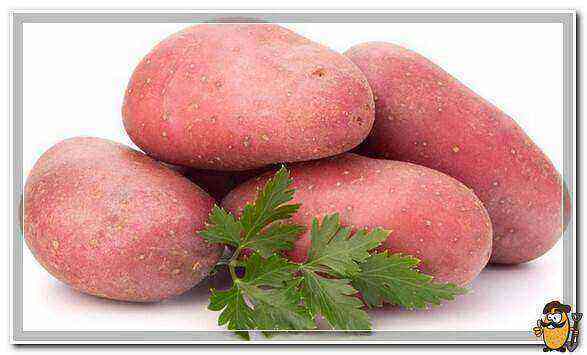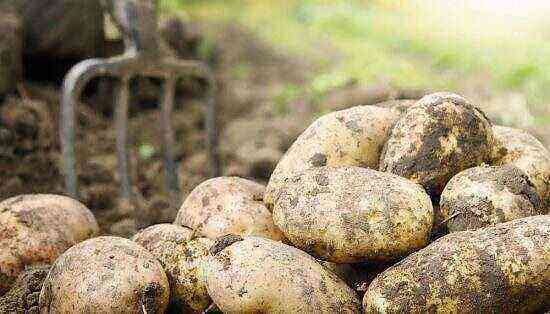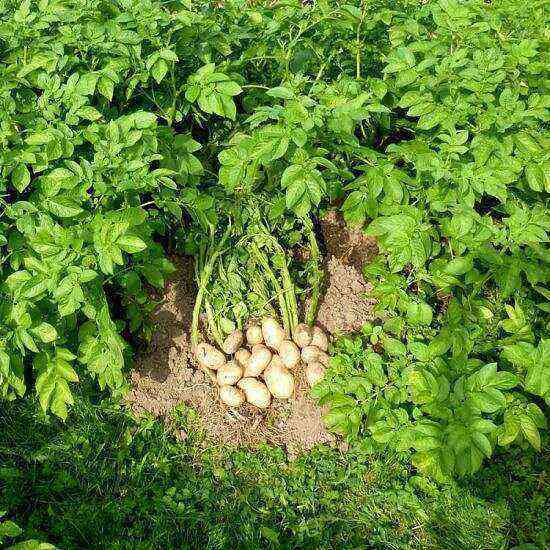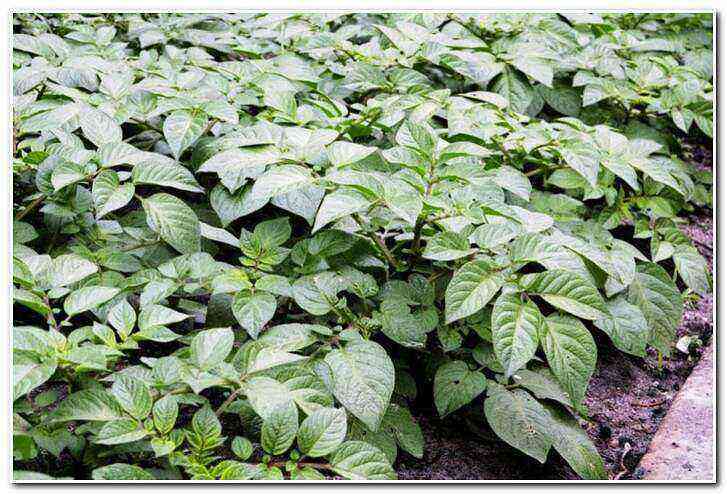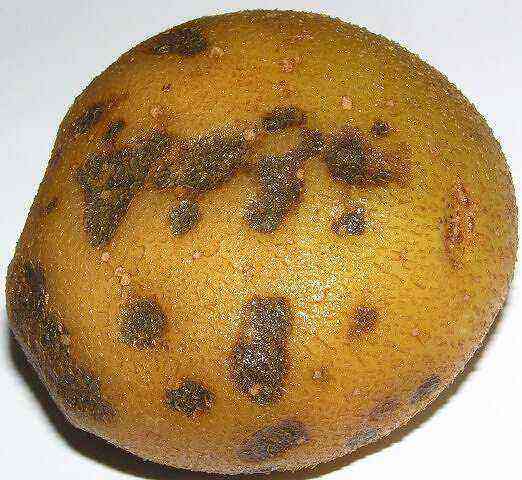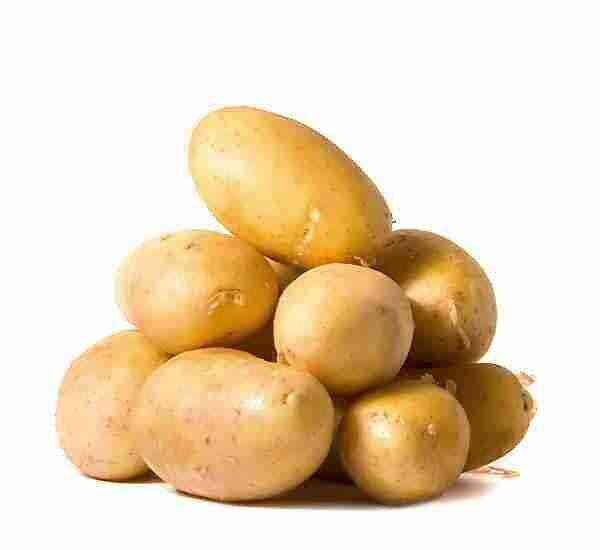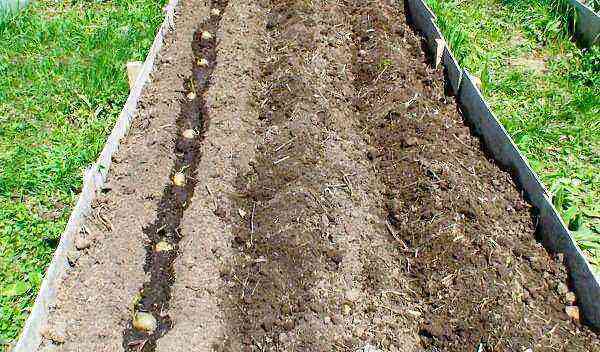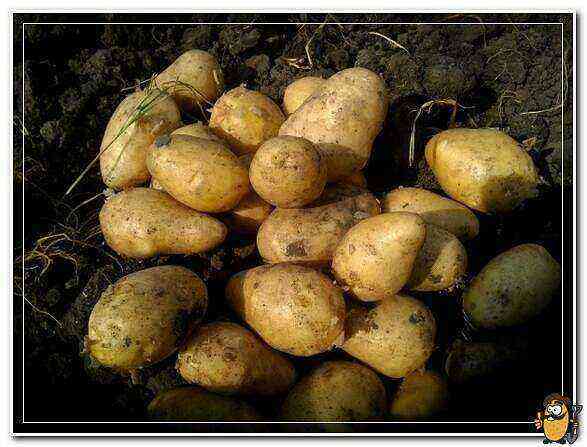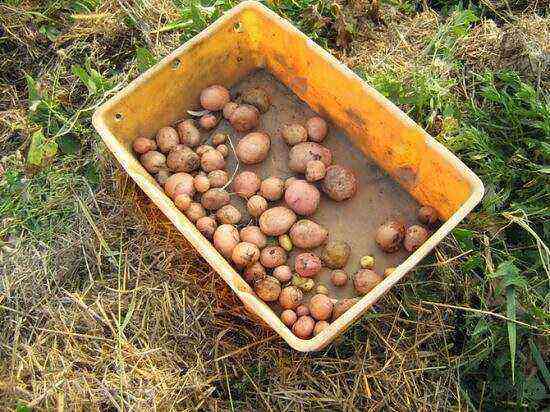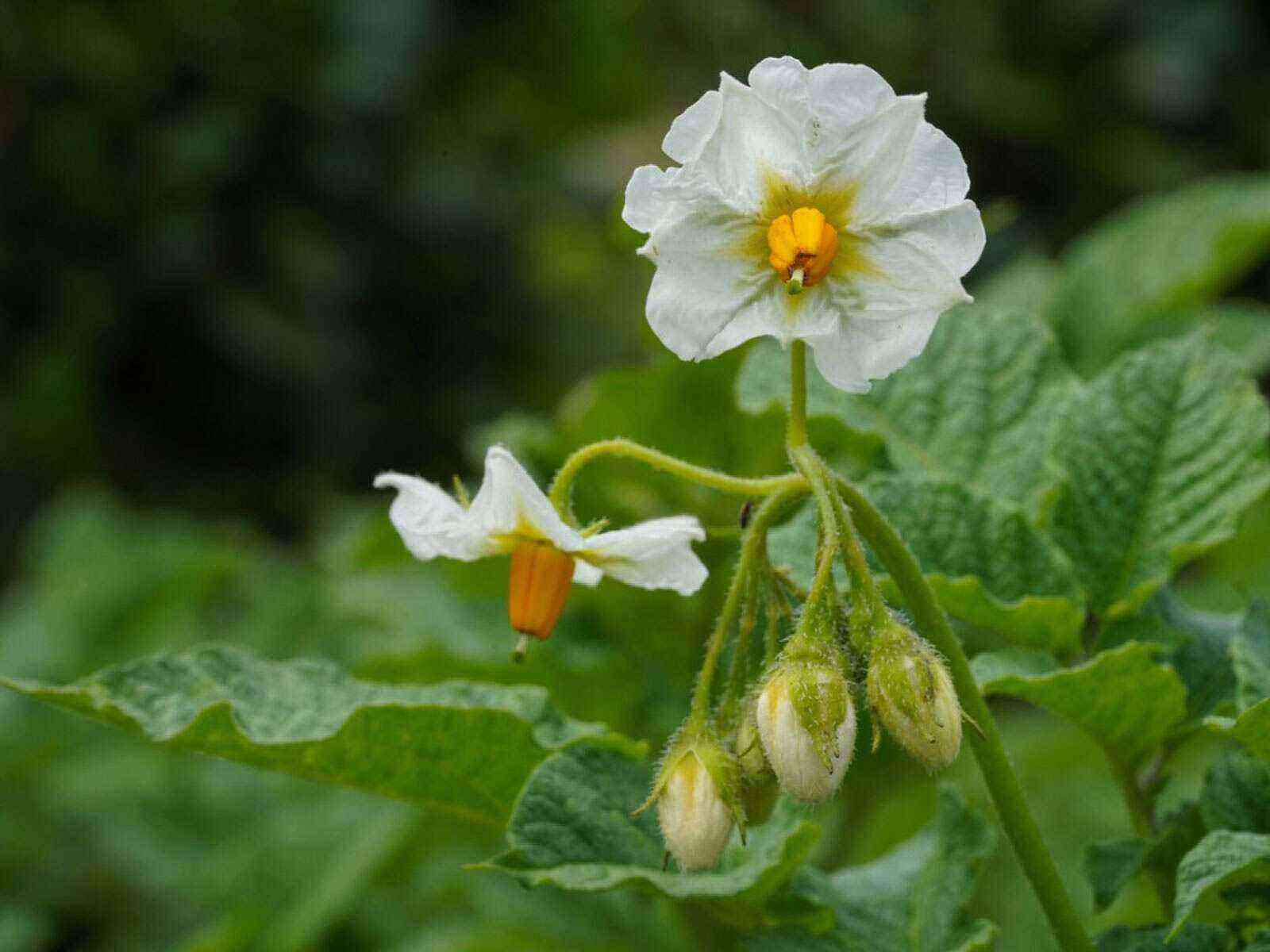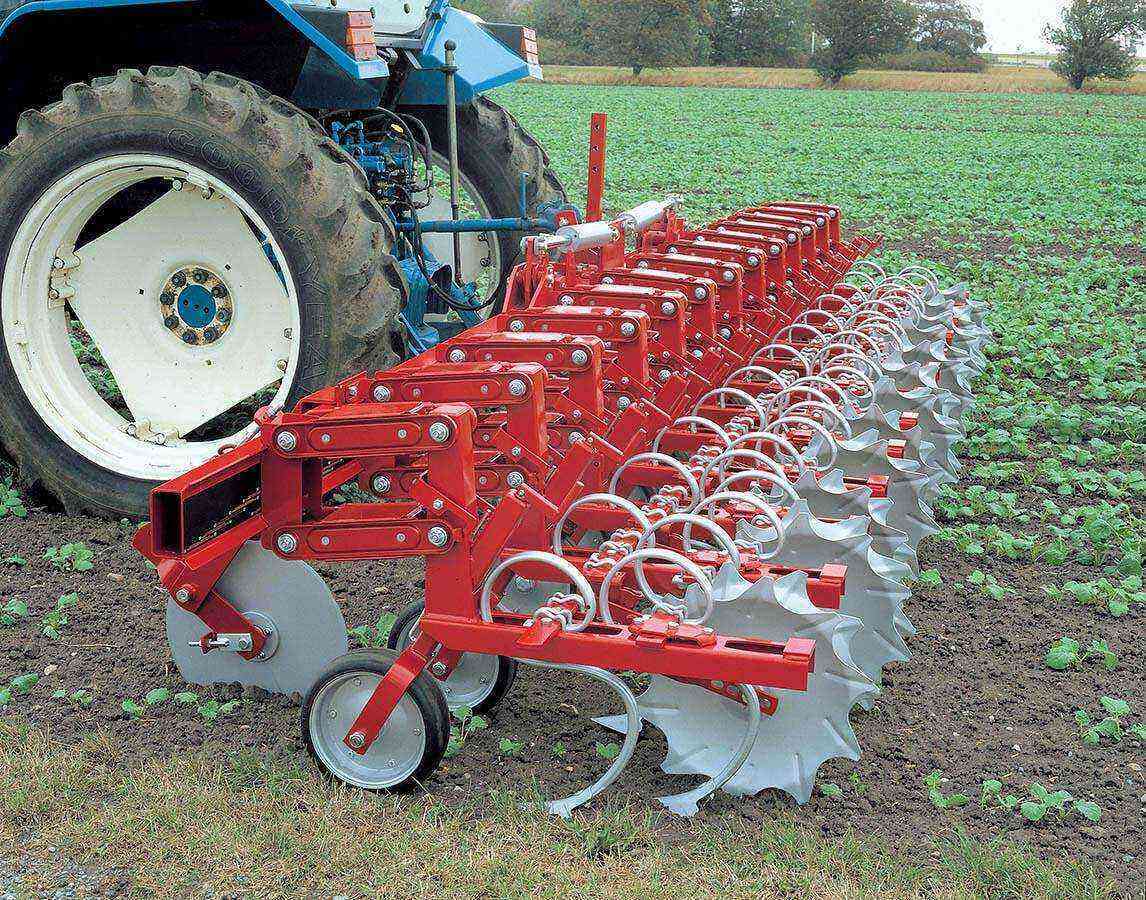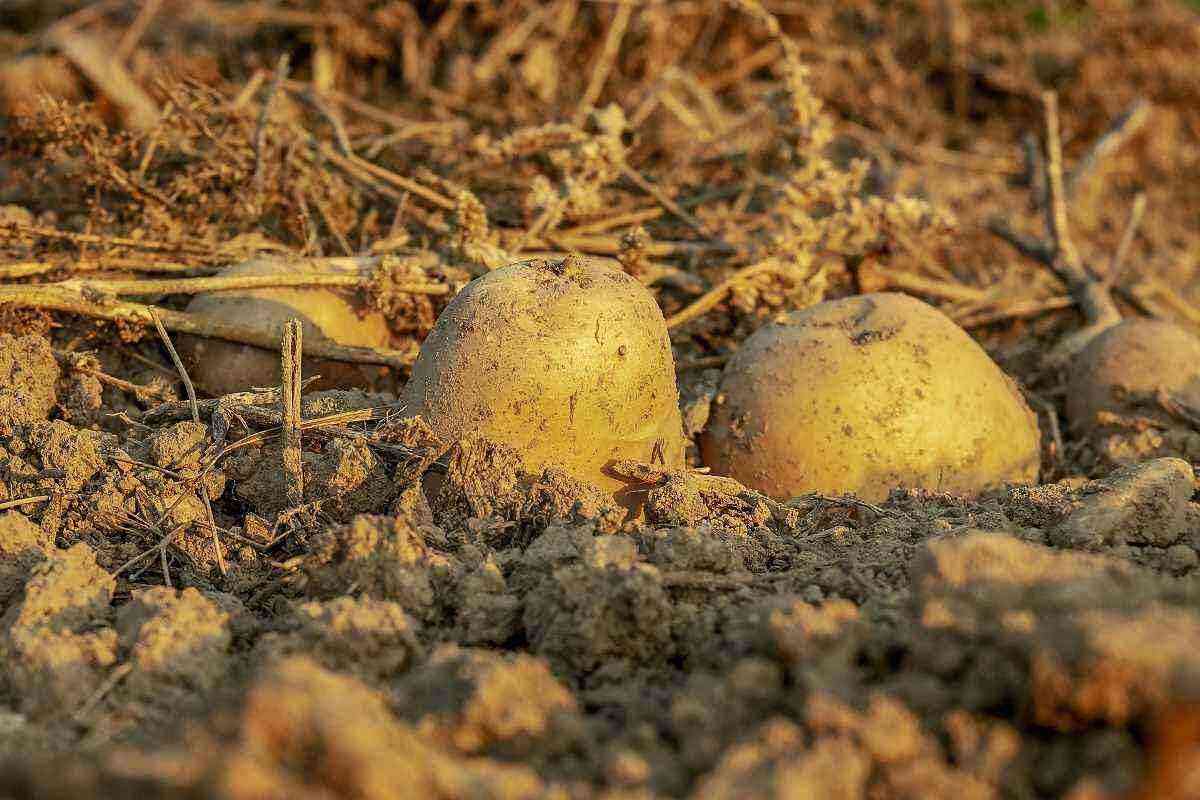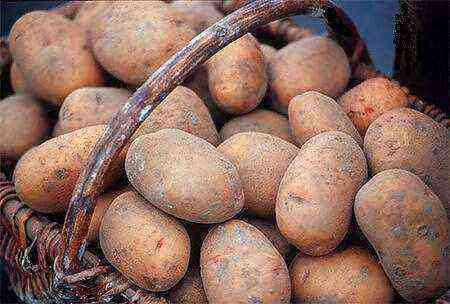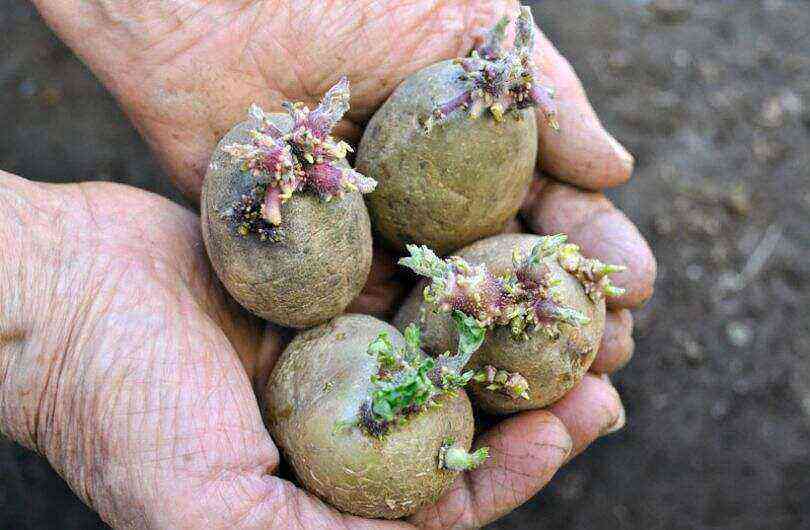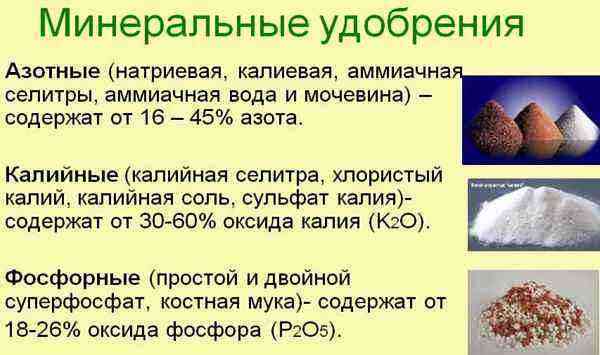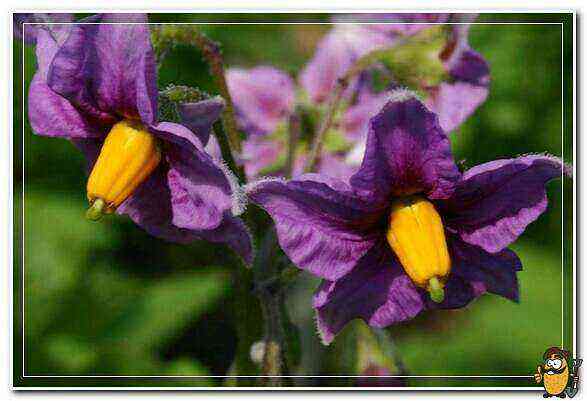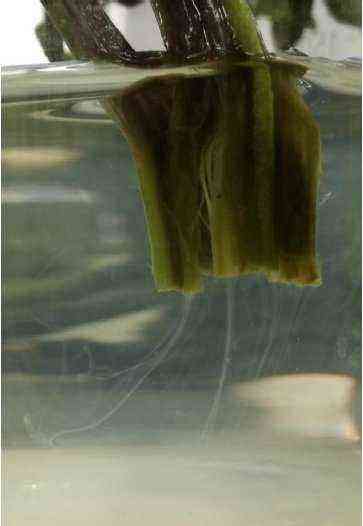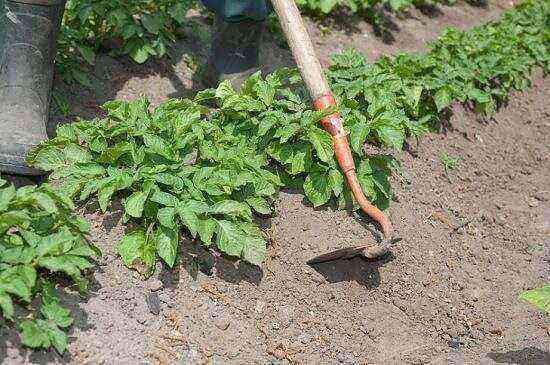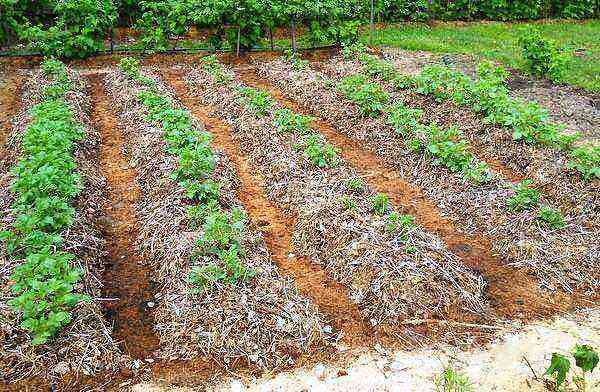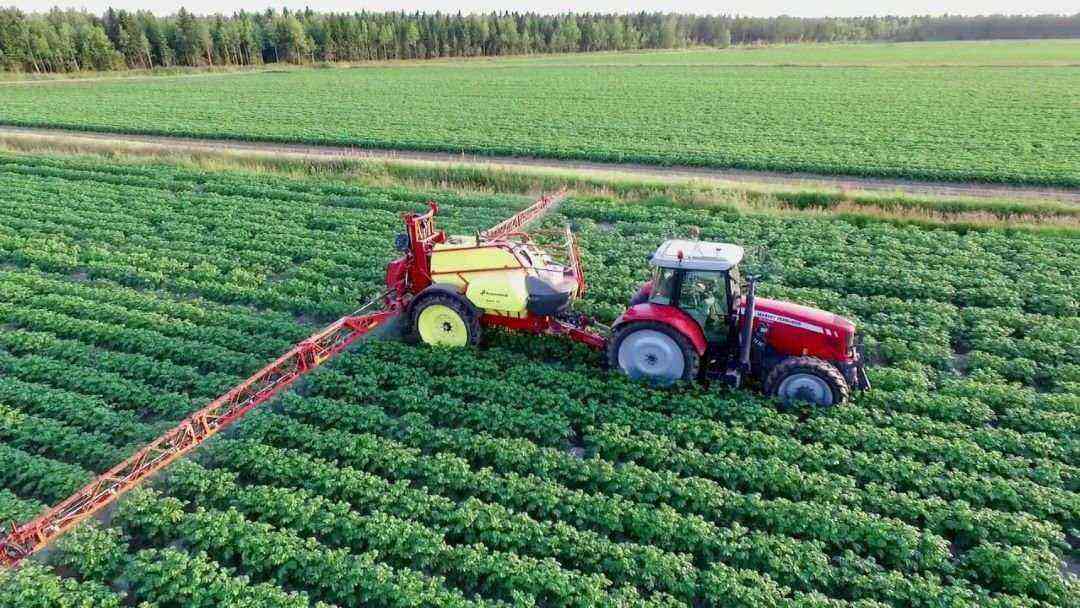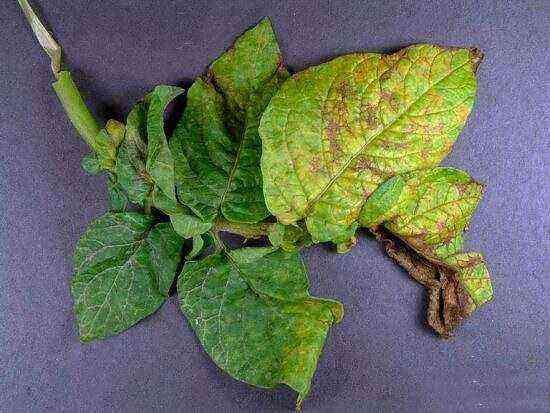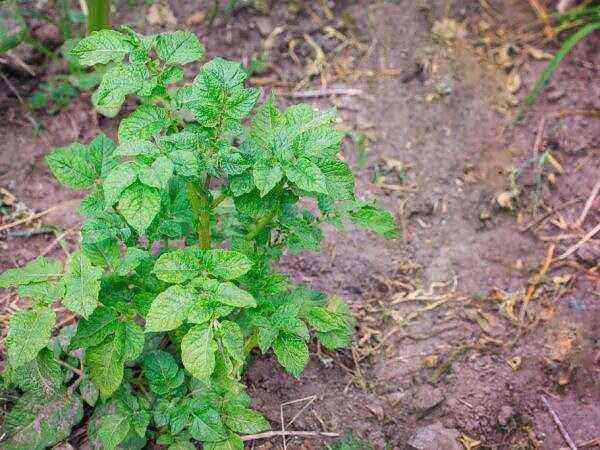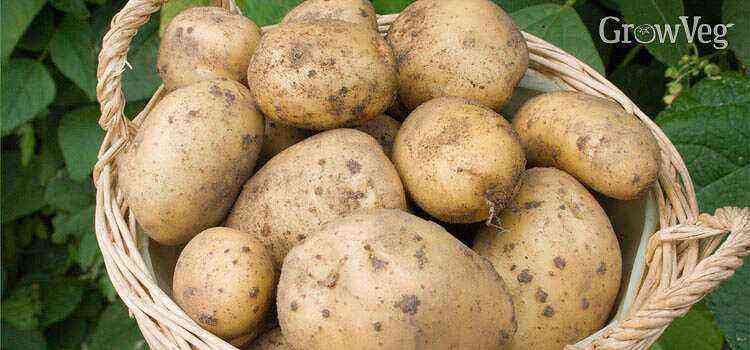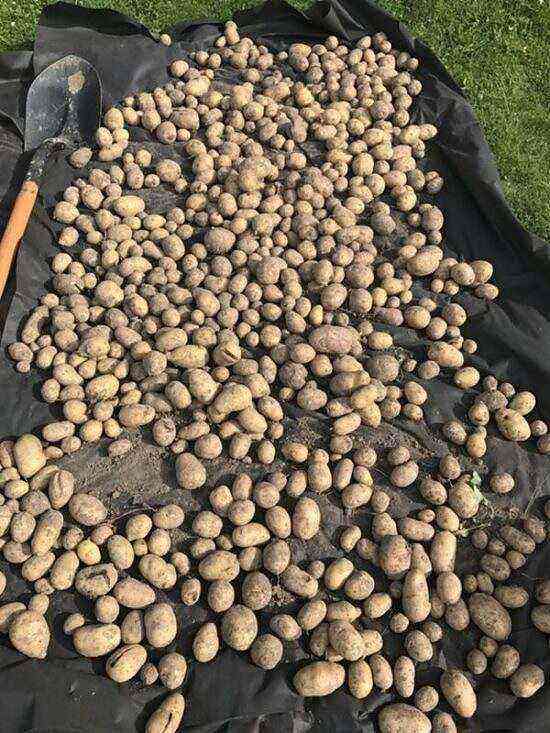According to their characteristics, the Rocco potatoes have medium ripening periods and high market value, which is confirmed by numerous reviews of agricultural producers. In the description presented after successful variety trials in the Russian state register of seeds, the maximum yield of the variety is 275 c / ha. However, the originators declared a potential of 400 c / ha, which can be realized under favorable agro-climatic conditions and following the rules of planting and care.
Potatoes “Rocco”: characteristics, history of breeding
The breeding institutes in the Netherlands are constantly working on the development of new, promising varieties. In “Rocco” potatoes, they were able to combine tolerance to cancer, nematodes, late blight, high yield of marketable tubers with good taste and keeping quality. In 2002, the variety was recommended for cultivation in Russia. Cultivation regions: Volgo-Vyatka, Srednevolzhsky, West Siberian. Also “Rocco” is grown in Ukraine, Belarus, Moldova.
general description
Rocco potatoes are a mid-season variety. If the farmer complies with all the requirements of agricultural technology, and the weather conditions are favorable, he can remove about 1 tons of marketable tubers weighing up to 30 g each from an area of 120 hectare. Main characteristics:
- The bush is powerful semi-erect shoots of medium height, they are covered with medium-sized leaf plates of green color with slightly wavy edges. Blooming reddish-purple inflorescences are noted during flowering.
- Tubers – 10-12 oval fruits of regular shape are formed in each nest. The color of the thin skin can have a red and even purple tint. In the context of the dense pulp, soft cream. The mass of commercial tubers is 75-120 g.
- Disease resistance – the variety is immune to cancer, tolerant to wrinkles, mosaic, late blight.
- Keeping quality – an indicator – 89% of the harvested crop, potatoes easily tolerate transportation.
- Marketability – the value can reach 95%, subject to the rules for collecting tubers.
- Maturity dates – technical ripeness occurs on the 100-115th day after germination. The exact date depends on the weather conditions during the growing season.
- Productivity – about 1,5 kg of tubers can be extracted from under one bush. 1 centners of marketable products are harvested from an area of 260 hectare. In productive years, the indicator can reach 400 c / ha.
- The purpose is universal. Due to their mild taste, as well as the starch content of 14%, tubers are used for preparing first courses, salads, mashed potatoes.
Note!
Due to its high starch content, the variety is cultivated on an industrial scale for the purpose of further processing and production of chips and snacks.
Advantages and disadvantages
Rocco potatoes have their own advantages and disadvantages. Of the latter, only one is significant. But before cultivation, it is necessary to learn about it in order to reap a rich harvest.
Table. Pros and cons of Rocco potatoes
Advantages disadvantages
Great taste
Low tolerance to Alternaria
High commercial qualities
Drought tolerance
Yield stability
Good resistance to most diseases and bad weather conditions
High yield
Versatility of use
Planting potatoes

The Rocco variety is highly productive and unpretentious. However, in order to obtain the maximum possible yield of even and large tubers, the peculiarities of crop cultivation should be observed. It is necessary to focus on the climate of the growing region and the growing season of the variety, so that the fruits have time to ripen before the onset of a cold snap, having accumulated the amount of starch corresponding to the characteristics.
Site preparation and tubers
For potatoes, a well-lit place is chosen, which will quickly warm up with the rays of the spring sun. The variety is undemanding to the soil composition. But the structure should be loose, since dense soil will inhibit the development of the root system and tubers. The site is dug up in the fall, bringing in compost and wood ash. In the spring, it is harrowed and, if necessary, weed shoots are removed. A few days before planting, when the soil warms up to 10 ° C, the seed is taken out into the street so that the eyes hatch and the skin becomes rougher. For disinfection, tubers are treated with a dressing agent or manganese solution.
Step-by-step instructions for landing
When the soil warms up to the required values, they begin field work. Sequencing:
- On the site, holes are prepared with a depth of about 6-10 cm with an interval of 30 cm from each other.
- They maintain a distance of 70 cm between the rows, so that it is easy to care for medium-sized bushes.
- A handful of wood ash is poured into the holes – a source of potassium and phosphorus, which are responsible for the full formation of tubers.
- The planting material is laid out, which is covered with the extracted soil.
Note!
In the central regions, potatoes, as a rule, are planted in mid-April, in the north – after 10-14 days, but not later than the beginning of May. Delaying planting dates increases the risk of a crop shortfall by up to 50%.
Care of potatoes
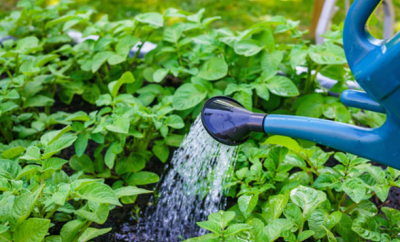
After successful planting, the longest part of potato cultivation is started. For this variety, it will take about 120 days, taking into account the expectation of the first shoots. Until the seedlings emerge, it is important to keep the beds clean, removing weeds as needed. This should be done only in the aisles so as not to accidentally damage the potatoes.
They take care of the Rocco variety as the tops grow and the crop ripens. Main activities:
- Watering – “Rocco” is drought-resistant. However, in hot periods, when there is no precipitation for a long time, the plantings are moistened. The procedure is carried out in the evening at the root, preventing water from entering the tops. The latter can be the impetus for the development of a fungal disease.
- Loosening – to ensure air circulation, the procedure is carried out systematically to avoid the formation of an impermeable crust. To save time and effort on loosening, the beds are mulched. A layer of sawdust or peat also slows down weed growth and moisture evaporation.
- Removal of weeds – regular weeding maintains cleanliness and preserves food and moisture reserves for the crop.
- Hilling – the procedure is carried out twice. The first time – after the shoots reach a height of 10-15 cm. Then the potatoes are spud again after 12-14 days.
- Top dressing – the variety responds well to organic matter and mineral fertilizers. In the spring, nitrogen-containing fertilizers are applied to the trunks. As the bushes develop, they are fed with superphosphate and potassium sulfate. Wood ash, as an organic fertilizer with potassium and phosphorus in its composition, will be in place at all stages of growth.
- Protection against diseases and pests – planting potatoes for prevention is sprayed with a solution of copper sulfate, which prevents fungal diseases from developing. After the start of the colonization of the shoots with the Colorado potato beetle, the bushes are sprayed with an insecticidal solution. Timely implementation of protective measures helps to preserve the harvest (up to 30%).
Cleaning and storage
Harvesting begins after the tubers reach technical ripeness. It is impossible to delay the timing, since the tubers in the ground begin to rot. Dig them out in dry weather, carefully removing them from the soil so as not to damage. The potatoes are laid out in one layer in a shaded place so that they dry out, sorted. Injured, diseased tubers are removed, selected and individually folded onto seeds.
Note!
Two weeks before the potatoes are harvested, the tops are mowed, which allows the tubers to grow larger and accumulate more starch.
The remaining healthy fruits are placed in wooden boxes with ventilation slots or placed in nylon nets. The basement or cellar is pre-ventilated and dried so that the humidity level is low. Lay the harvest for storage. The optimal temperature regime, at which the potatoes will have commercial qualities until spring, is 3-4 ° C.
Reviews
Vladimir, 63 years old:
“A neighbor started cultivating the variety. For more than five years in a row, it has demonstrated good yields without losing varietal qualities. This prompted me to decide to try to grow Rocco myself. And for 10 years now this variety has remained one of the most productive in my area. “
Sofia, 34 years old:
“We had frequent interruptions in water supply. Rocco was chosen because of its drought resistance. After the first harvest of a large number of even fruits, it was decided to continue growing this variety. Now there are no difficulties with watering, but there is not even a thought to replace the high-yielding and unpretentious potatoes. “
Love, 56 years old:
“I love to pamper my grandchildren with crispy potatoes. The Rocco variety helps me with this. With standard care, every year I collect 1,2-1,5 kg of tasty tubers from under the bush. Among the advantages I single out for myself long-term storage and good portability of transportation, as I often transfer environmentally friendly potatoes to children in the city. “
Rocco is a productive variety with good resistance to many diseases. It adapts easily to different weather conditions and shows a stable yield every year.
